Which is better: basalt slab or rock wool?
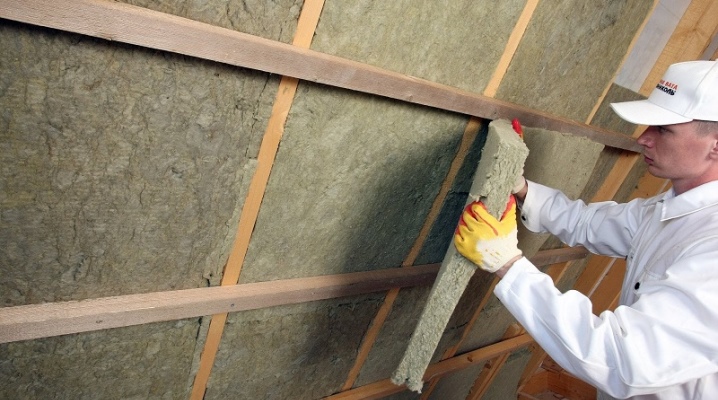
Which is better: basalt slab or mineral wool - this question is asked by many people planning to start building or improving their own homes. These materials are produced in slabs, rolls, making installation convenient and quick. Comparison of heaters will help to understand how mineral wool differs from stone in composition and other characteristics.
What is the difference in composition?
Basalt slab and mineral wool are included in the general group of heat-insulating materials that have additional properties for sound absorption. They have quite a lot in common - from manufacturing technology to fastening method, but there are also differences. The material is produced in the form of mats or modules of a certain size, most often it has a rectangular shape. For production, glass or basalt fiber is used, connected to a common mass using special binders. But there are subtleties in the production technology and the choice of raw materials.
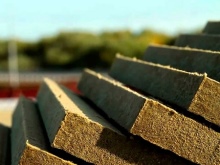
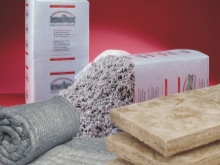
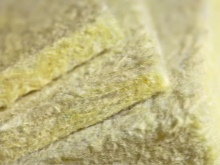
Features of stone slabs
Basalt slab is a type of stone wool, pressed into rather dense and thin mats. The material is obtained by melting the rock of the gabbro-basalt group. Unlike cotton wool, which allows the use of urea and phenol-formaldehyde resins, a bituminous binder, here bentonite clays are used to join the fibers. They have the following properties:
- natural origin;
- ecological cleanliness;
- non-toxic;
- chemical resistance;
- the ability to increase in volume during hydration;
- resistant to clumping, caking.
Bentonite clays, used as aggregate in a basalt slab, provide it with safety, hypoallergenicity, rigidity and density. The material differs significantly from all other types of fiber insulation. In addition, the raw materials used in it do not attract rodents, they are resistant to fungus and mold.
Plates are not afraid of exposure to moisture, withstand significant operational loads due to the characteristics of the raw materials used.
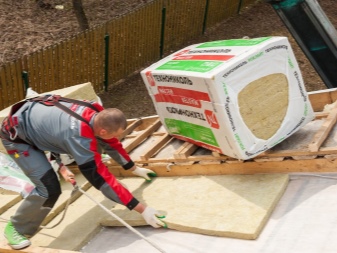
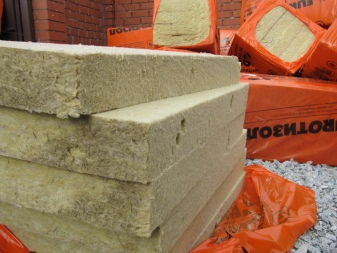
Mineral wool and its differences
Mineral wool can be produced from molten glass, slag, processed using special equipment... The resulting fibers are up to 5 cm long and no more than 15 microns thick. The quartz base has an ordered structure. Often, the same raw materials are used for its production as in the manufacture of glass. When melting, thin threads are drawn from the mass, while at the same time the particles are treated with polymer aerosols.
Urea-modified aqueous solutions based on phenolic aldehydes are used as a binder in the case of mineral or glass wool. It is these substances that are sprayed during the manufacture of fibers, forming a mass from them that enters the rolls. Here the material is formed, undergoes final polymerization, cools and compresses, turning into dense elastic slabs. Finished products are classified according to the degree of hardness - from mats to rolled fiberglass. Mineral wool can be of different colors depending on the choice of raw materials. The slabs of foreign manufacturers are most often painted in a gray-pink hue, the Russian counterpart is yellow or creamy white.
The fibers in the structure remain brittle, so this material requires careful handling during cutting and installation.
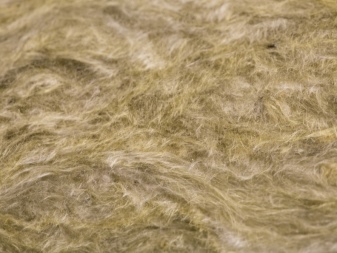
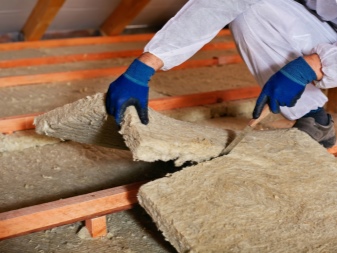
Comparison of characteristics
The difference between materials such as stone and mineral wool lies in characteristics that have a significant impact on their performance properties. Comparison between them can be made according to several basic parameters.
- Heat insulating and sound insulating properties. Basalt slabs have higher rates than other similar materials, since the fibers are not linearly arranged, but chaotically, forming a large number of air pockets. Their thermal conductivity varies from 0.032 to 0.048 W / m * k. Glass wool also has a fairly high insulating capacity. Its indicators reach 0.041 W / m * k.
- Elasticity and density... Here glass wool has clear advantages. With a density of 115 kg / m3, it has a compressive strength in the range of 40-45 kPa. Basalt slab is heavier, more difficult to work with, since the material is less susceptible to deformation due to compressibility of 40% and elasticity of 60%. But this property allows you to immediately apply plastering compounds over rigid thermal insulation.
- Water absorption coefficient... Basalt fiber does not exceed 2%. For glass wool, this figure is significantly higher, up to 15%.
- Vapor permeability... Stone slabs have an index of 0.3 mg / (m2 * h * Pa), do not impede the passage of air or evaporation of moisture, while there is no effect of water absorption upon contact with it. Mineral wool is hygroscopic. Accordingly, it is capable of absorbing moisture, accumulating it, the vapor permeability reaches 0.5 mg / (m2 * h * Pa).
- Flammability... Both basalt slabs and mineral wool are fire-resistant materials. They are non-flammable and have a high melting point. So, basalt needs to be heated up to 1000 degrees for 2 hours, so that it at least begins to melt. For glass wool, this threshold is set at +300 degrees.
When studying the characteristics of heaters, it should be borne in mind that they have rather significant differences. For example, fiberglass has higher vibration resistance, and basalt does not have the characteristic prickly and brittle elements in its structure.
In terms of chemical resistance when immersed in an aqueous, acidic and alkaline environment, stone heat-insulating plates also have no equal.
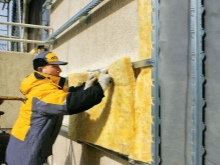

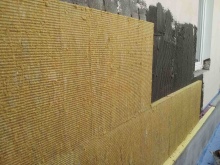
What is the best choice?
Finding a suitable insulation for construction is not so easy. When making a choice between mineral and basalt wool, it is worth paying attention not only to the performance characteristics of insulating materials. Other factors are equally important.
- Price... Basalt slabs are more expensive materials that require significant investments. Mineral wool is cheaper, but with its purchase there are accompanying expenses associated with the purchase of a film to protect against external factors. The total costs turn out to be quite comparable, and you still won't be able to save a lot.
- Appointment... Internal thermal insulation is not so affected by climatic factors. Mineral wool can be used here. When cladding external walls, the best solution will be a basalt slab that does not change its size and characteristics when it comes into contact with moisture or temperature extremes.
- Hygroscopicity... In terms of vapor permeability, basalt slabs are noticeably superior to their mineral counterparts. That is why it is recommended to use them in rooms with high humidity levels.
- Environmental friendliness... Here, basalt slabs, which do not contain hazardous and harmful substances that evaporate when heated, are definitely in the lead. In their production, bentonite clay is used, which does not contain phenol derivatives. Mineral wool is not so environmentally friendly.
- Life time. For all types of glass wool, including mineral, the service life is limited to 8-10 years. During this period, the products shrink significantly, however, changes can make themselves felt much earlier.The basalt slab retains its properties for up to half a century.
- Compatibility with other materials... Stone modules are universal, suitable for use on wall surfaces made of brick, concrete, wood, OSB, blocks. They are used as part of roofing structures and floors. Mineral wool contains components that attract rodents, which can be a problem in wooden buildings.
- Hypoallergenic... Materials containing fiberglass are capable of provoking the development of allergic reactions. They are not recommended for use in children's rooms or in homes where there are people with hypersensitivity to stove components. Stone wool and other basalt products do not have this drawback.
When choosing a heater that is easy to install and operate, you should always give preference to options that fully meet all the requirements of comfort and safety. Then the selected insulation will last a long time, protect the house from cold or excessive heating in the heat. Basalt slabs are considered a more modern solution, which is why, despite their high cost, they seem to be the preferred choice for use in residential and commercial construction.
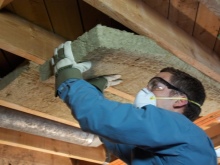
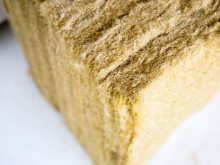
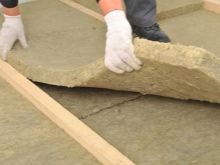













The comment was sent successfully.